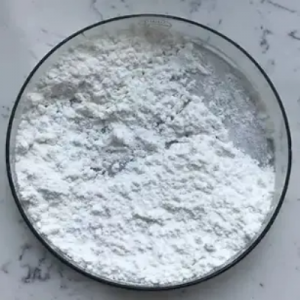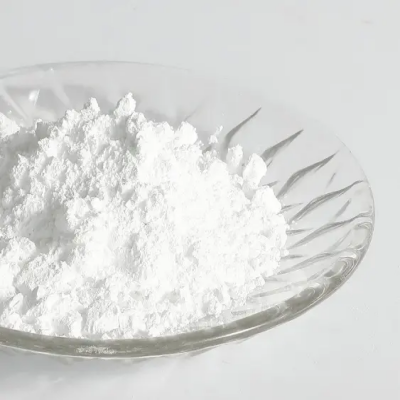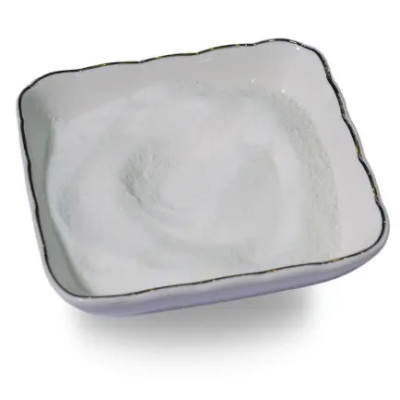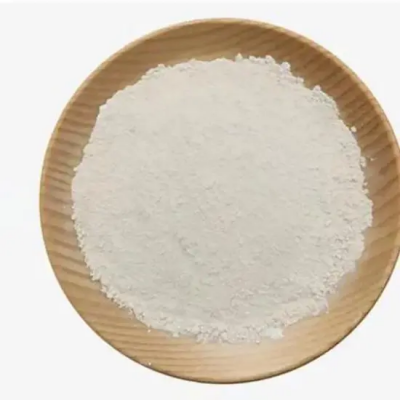Candesartan Cilexetil Impurity 8 CAS:139481-28-0
Candesartan Cilexetil Impurity 8 is inadvertently formed during the multi-step organic synthesis of Candesartan cilexetil. The impurity originates from incomplete reactions or side reactions involving key intermediates or reactants used in the synthesis pathway. Its presence, even in trace amounts, necessitates rigorous analytical characterization and control throughout the manufacturing process. Formation and Identification Impurity 8 typically results from the incomplete conversion of starting materials or the degradation of intermediates under specific reaction conditions. Its identification involves sophisticated analytical techniques such as high-performance liquid chromatography (HPLC) and mass spectrometry (MS), enabling precise determination of its structure and concentration in the final product. Chemical Properties and Analytical Challenges Candesartan Cilexetil Impurity 8 exhibits distinct chemical properties that differ from the desired active pharmaceutical ingredient (API). Analyzing and quantifying this impurity pose challenges due to its structural similarity to the API and potential interference with assay methods. Addressing these challenges is critical for ensuring accurate determination of impurity levels and compliance with regulatory thresholds. Regulatory Considerations and Safety Implications Regulatory agencies impose stringent limits on impurities in pharmaceutical products to safeguard patient safety and ensure product efficacy. Candesartan Cilexetil Impurity 8, despite being a minor component, requires thorough evaluation to assess its potential impact on drug stability, bioavailability, and pharmacological properties. Manufacturers must adhere to regulatory guidelines, performing comprehensive risk assessments and implementing effective control strategies. Impact on Quality and Manufacturing Managing impurity profiles, including Impurity 8, is pivotal for maintaining batch-to-batch consistency and product quality during pharmaceutical manufacturing. Strategies such as process optimization, purification techniques, and stringent quality control measures are employed to minimize impurity formation and meet regulatory requirements. This ensures that each batch of Candesartan cilexetil meets prescribed standards for safety, efficacy, and patient tolerance. Conclusion Candesartan Cilexetil Impurity 8 underscores the complexity of pharmaceutical synthesis and the critical need for stringent impurity control in drug manufacturing. Its inadvertent formation necessitates advanced analytical methodologies and regulatory compliance measures to ensure product safety and efficacy. Continuous advancements in synthetic strategies and analytical techniques contribute to mitigating impurity-related risks, reinforcing the pharmaceutical industry's commitment to delivering high-quality therapeutic agents.



| Composition | C22H17N3O4 |
| Assay | 99% |
| Appearance | white powder |
| CAS No. | 139481-28-0 |
| Packing | Small and bulk |
| Shelf Life | 2 years |
| Storage | Store in cool and dry area |
| Certification | ISO. |









